Top 5 Ways to Prepare Your Garden for Spring

by
Colleen Anderson
(IC: blogger)
Are you ready for spring? Check out these 5 tips to see if you've done everything you need to do to be ready for spring planting!
1. Prepare Your Soil - There are several schools of thought on this topic. Some advocate using a tiller. Others say to stay away from the tiller and utilize lasagna gardening or hugelkulturSome people add amendments, like organic fertilizer to their garden. While some simply toss in some compost and/or manure and call it good. Whatever the case, make sure you’ve vetted all your options and decided what works best for you.
2. New Seeds - The age of your seeds can dramatically impact your germination rates. For the most well prepared garden/gardener, I strongly suggest starting each new season with fresh, unexpired seeds. These can be ones that you saved from your previous season’s garden or seeds that you have purchased from a reputable source.If, on the other hand, you are a tried and true “waste not, want not” type, then make sure you at least perform a simple seed viability test prior to planting.
5. PLAN! - This is probably the most important of all 5 tips. Make a good plan for your garden, including crop rotation, companion planting, what you are going to plant, when you are going to plant and where you are going to plant.It is also good to keep a journal of your planting dates, as well as your successes and failure to help in years to come. Depending on the size and complexity of your garden, it may also be beneficial to keep track of expenses.The question is, how do you do this level of planning effectively? I’ve found that using a notebook of some sort can be incredibly beneficial. You can use a simple bound book that you buy for less than a dollar at the store or you can buy a notebook designed specifically for the task of organizing your garden.
Enjoyed the project?

Want more details about this and other DIY projects? Check out my blog post!
Published March 4th, 2014 10:25 PM




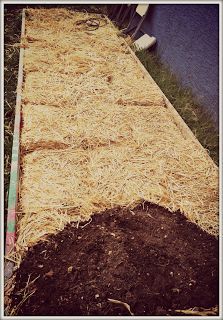


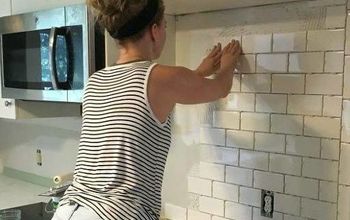
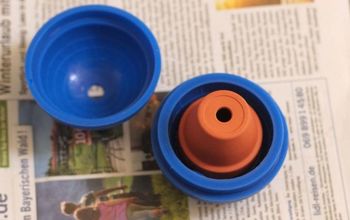





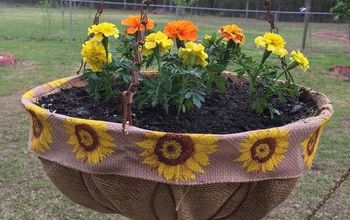
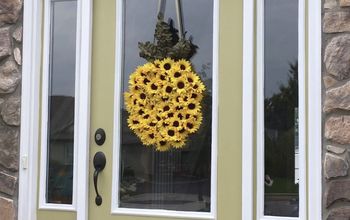
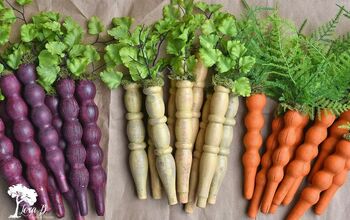


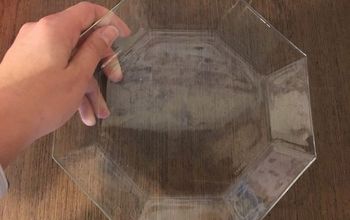



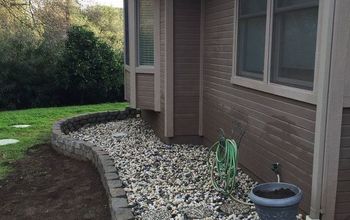


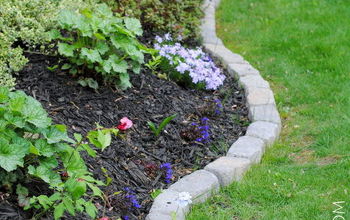



Frequently asked questions
Have a question about this project?